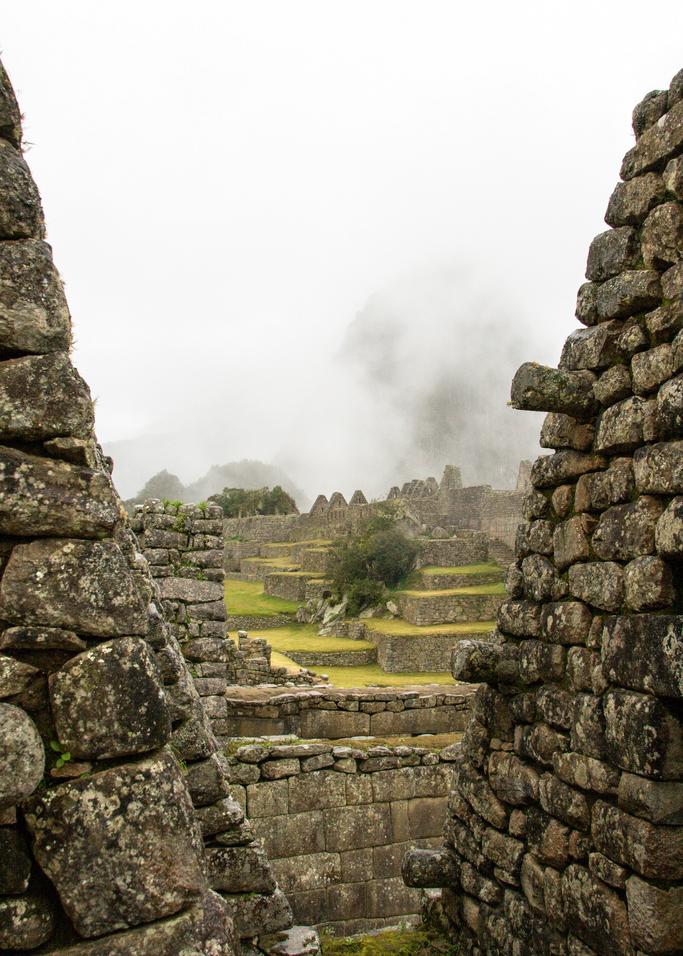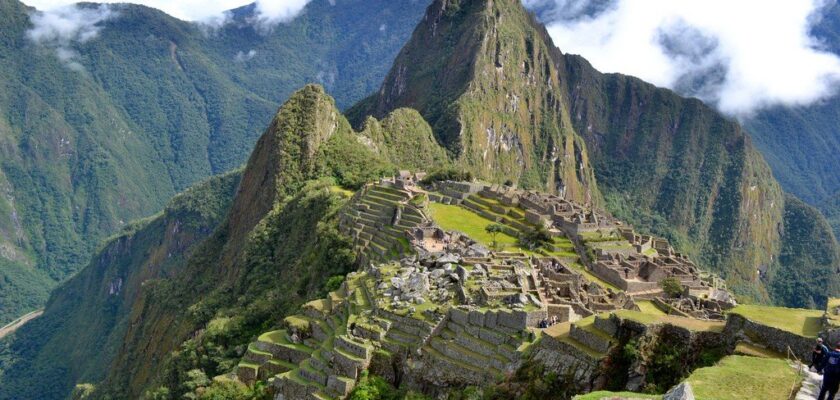Machu Picchu
Machu Picchu is a legendary city that is tucked away in the heart of the Andes at an altitude of 2,400 meters. This ancient Inca settlement between two mountain peaks still holds its secrets to this day. When looking at the ruins of Machu Picchu, spectacular among the jungle-covered mountain peaks and steep slopes and terraced down into the valley, tourists are breathless.
.Those wishing to explore the monumental ruins and immerse themselves in the atmosphere of an ancient civilization can follow the Inca Trail, a route used by pilgrims for centuries. It runs from the Sacred Valley near Ollantaytambo through exotic forest and majestic mountains. The hike along the Inca Trail lasts several days. The view from the top of Bury Rock is spectacular – it’s the perfect place to greet the sunrise, as long as you don’t mind the abundance of people as well as llamas grazing nearby. The layout of the ancient city is perfectly visible from here, with agricultural and urban zones separated by a long dry moat.
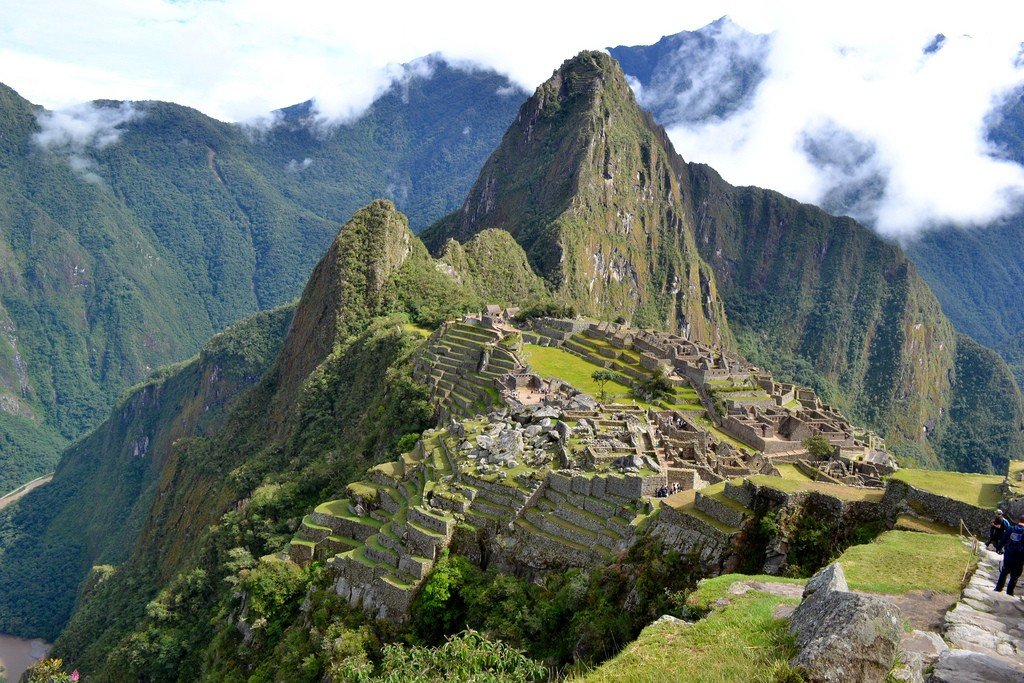
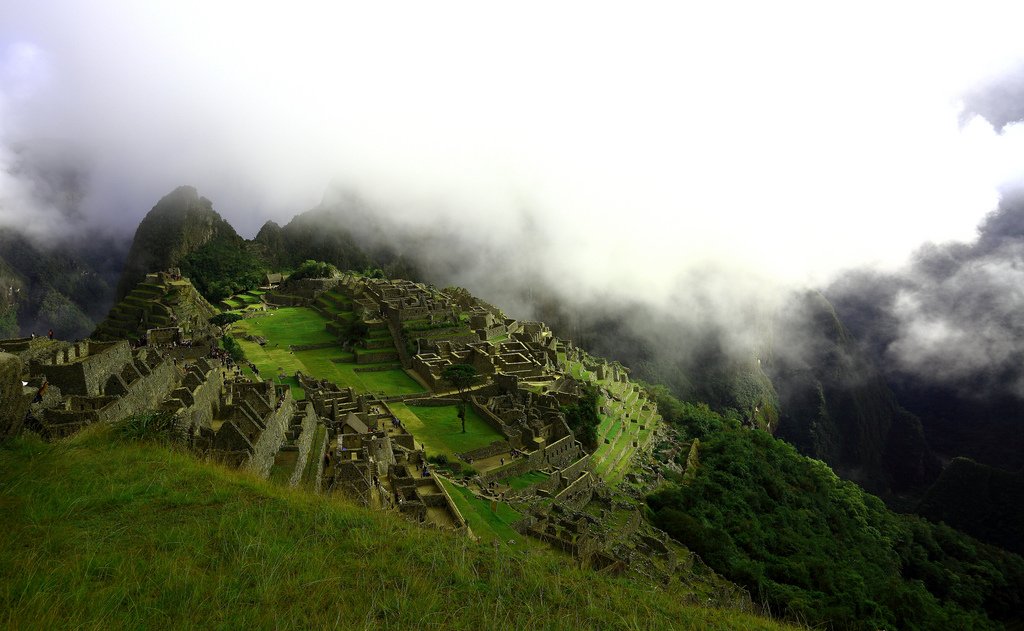
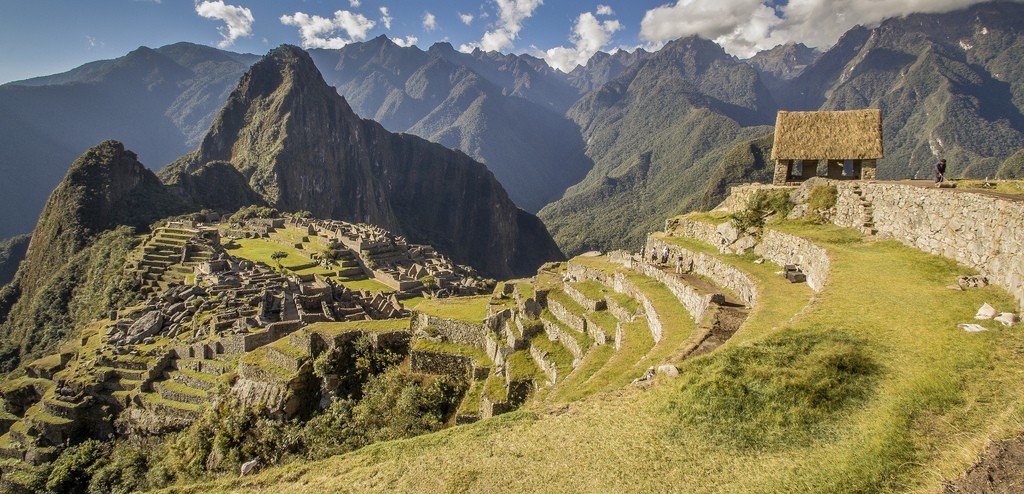
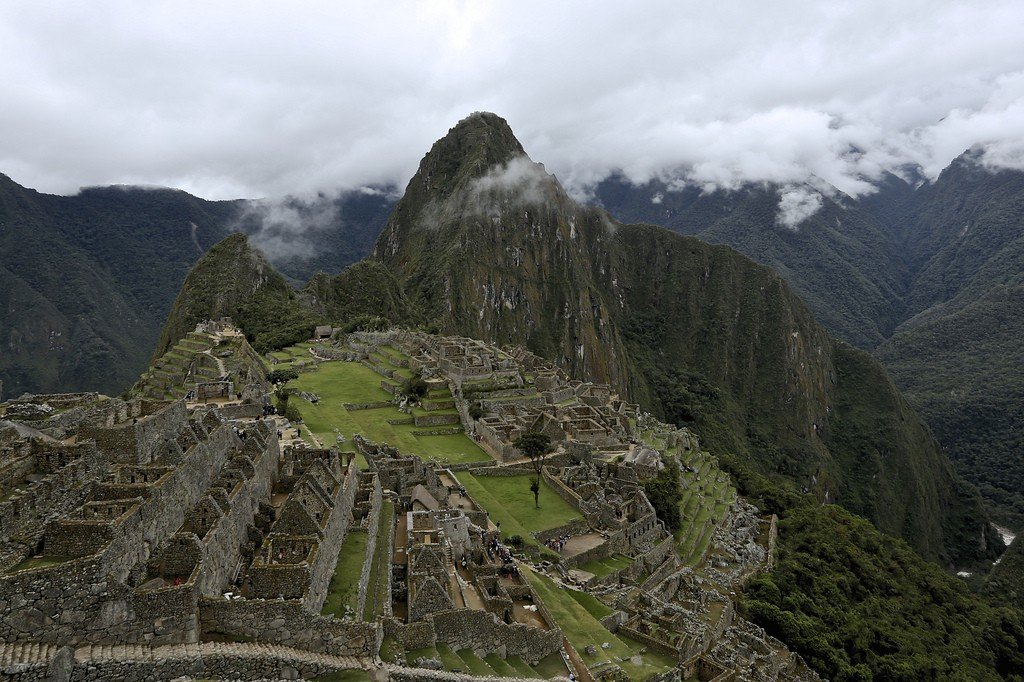
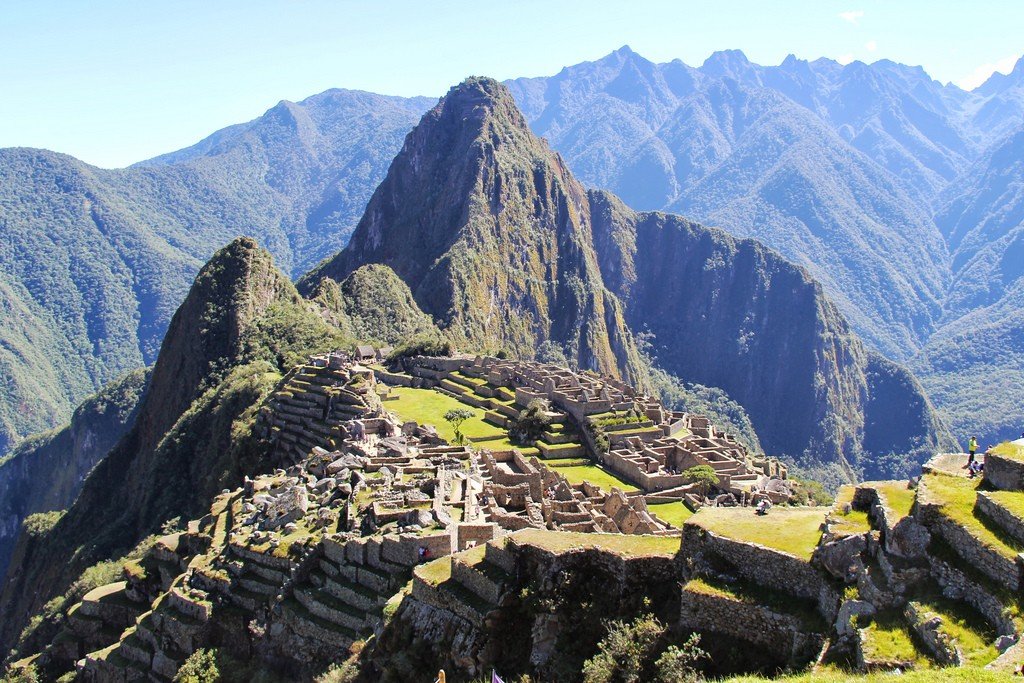
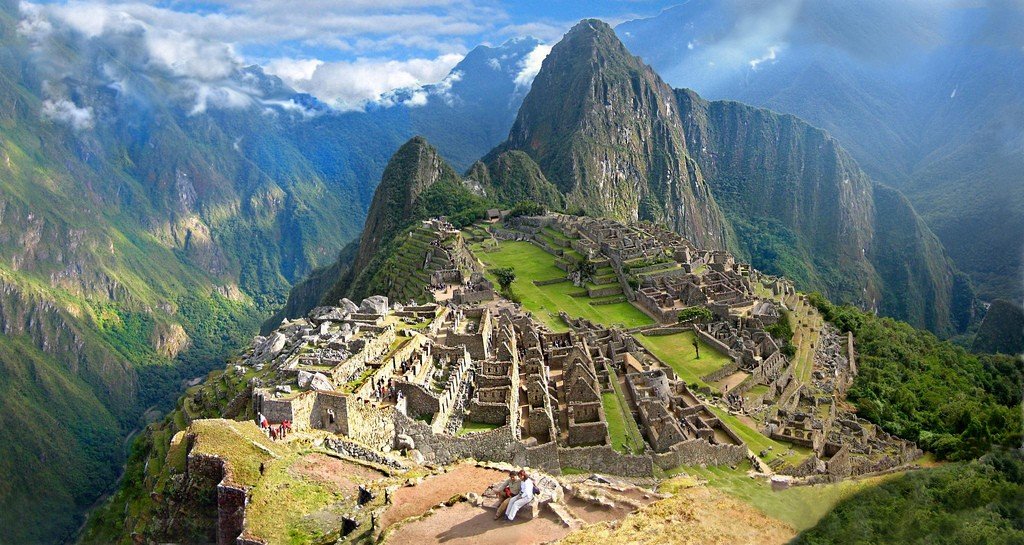
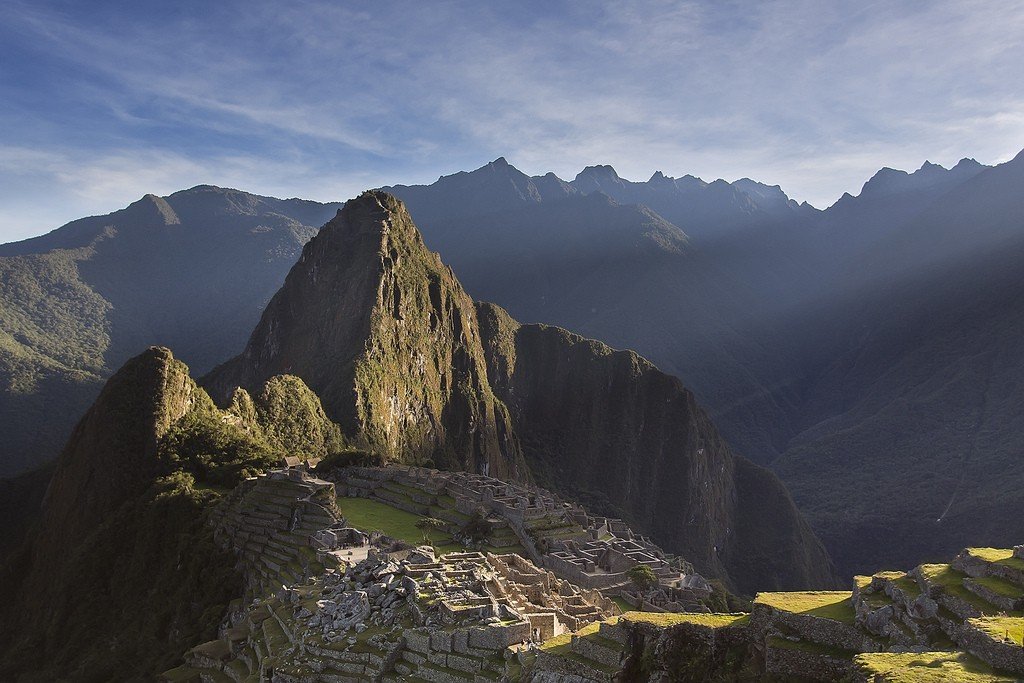
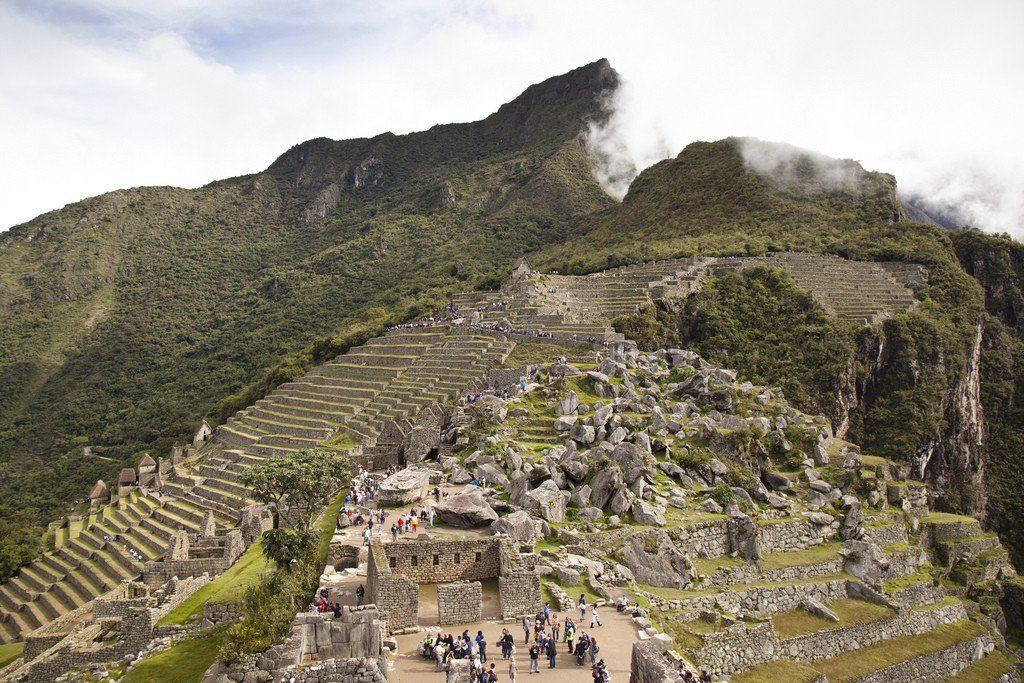
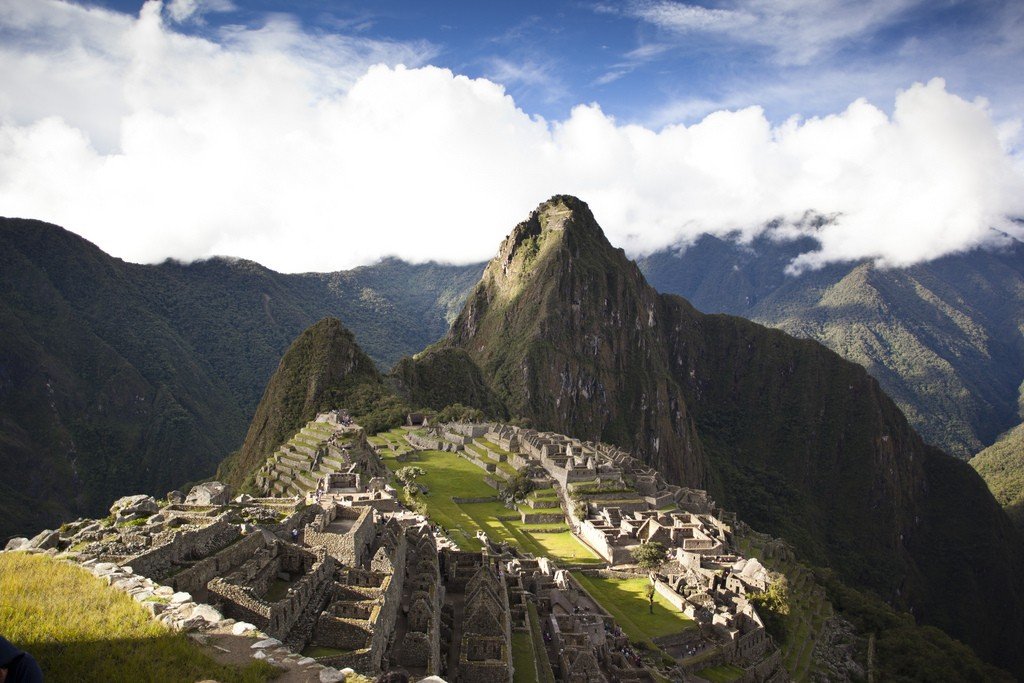
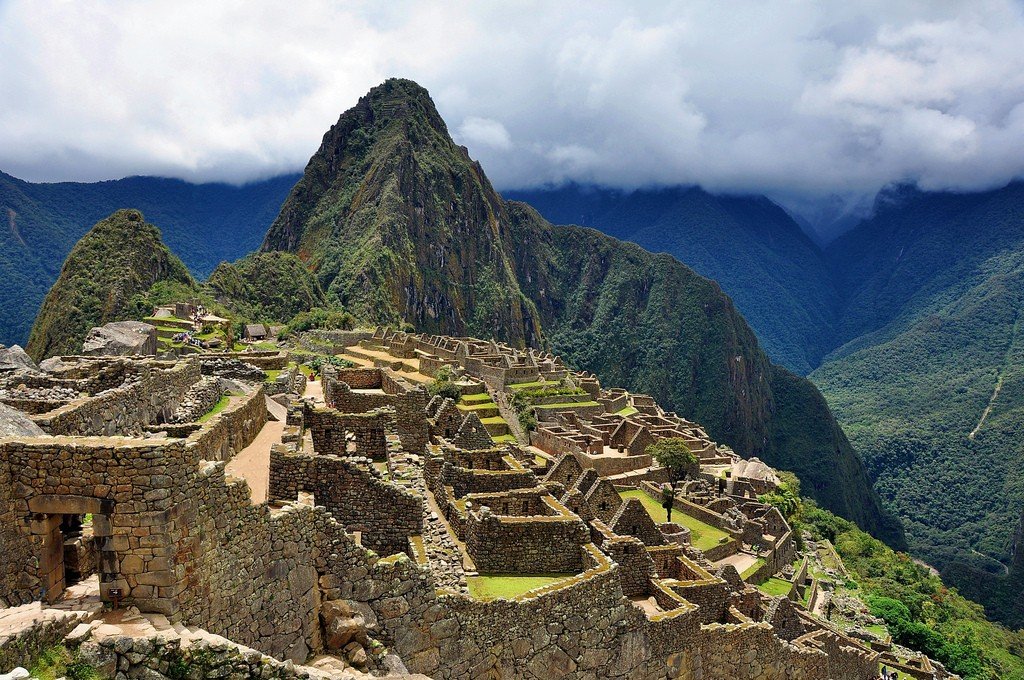
Video: Machu Picchu
” title=”YouTube video player” frameborder=”0″ allow=”accelerometer; autoplay; clipboard-write; encrypted-media; gyroscope; picture-in-picture; web-share” allowfullscreen> ContentsHistory
Some archaeologists believe that Machu Picchu was established as a sacred mountain retreat by the great Inca ruler Pachacutec a century before the conquest of his empire, that is, around 1440, and functioned until 1532.
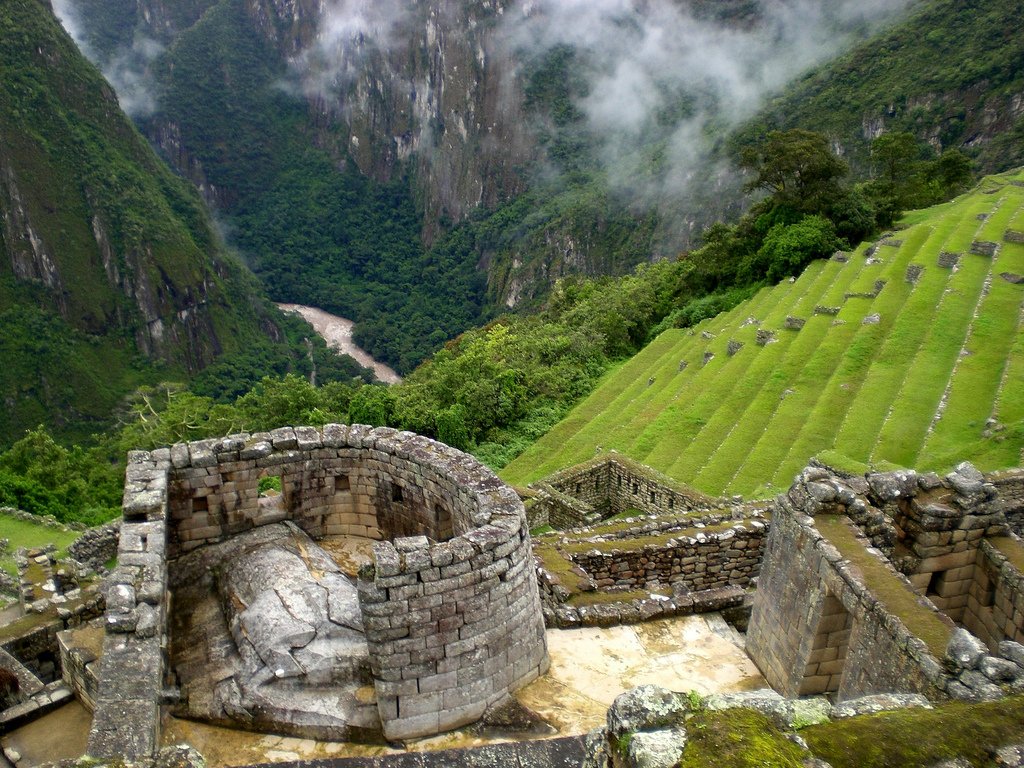 ‘
‘ 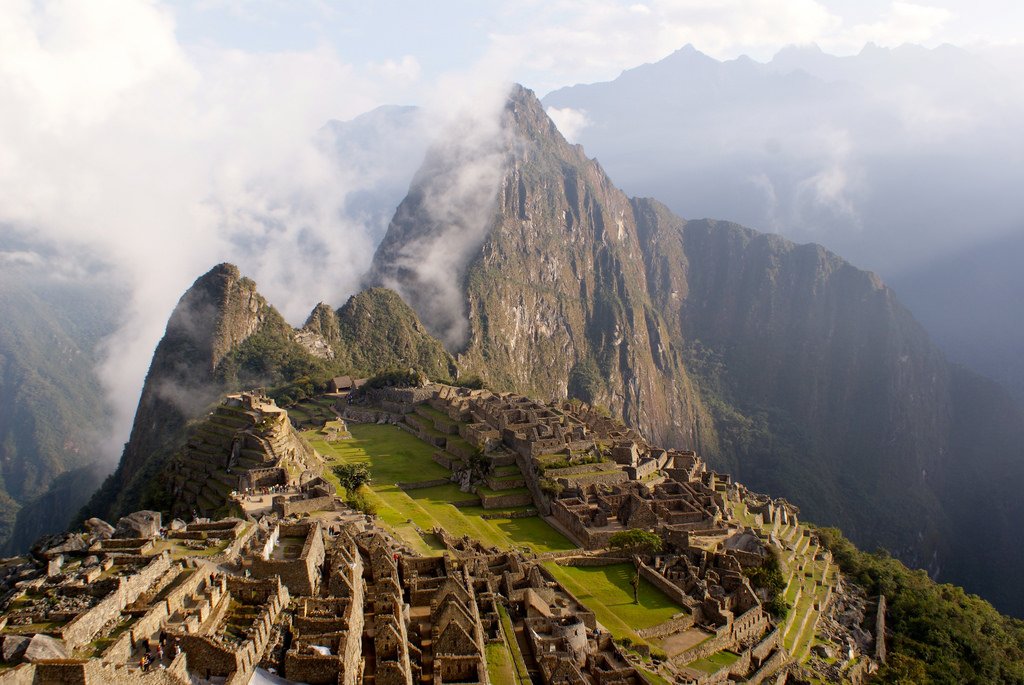
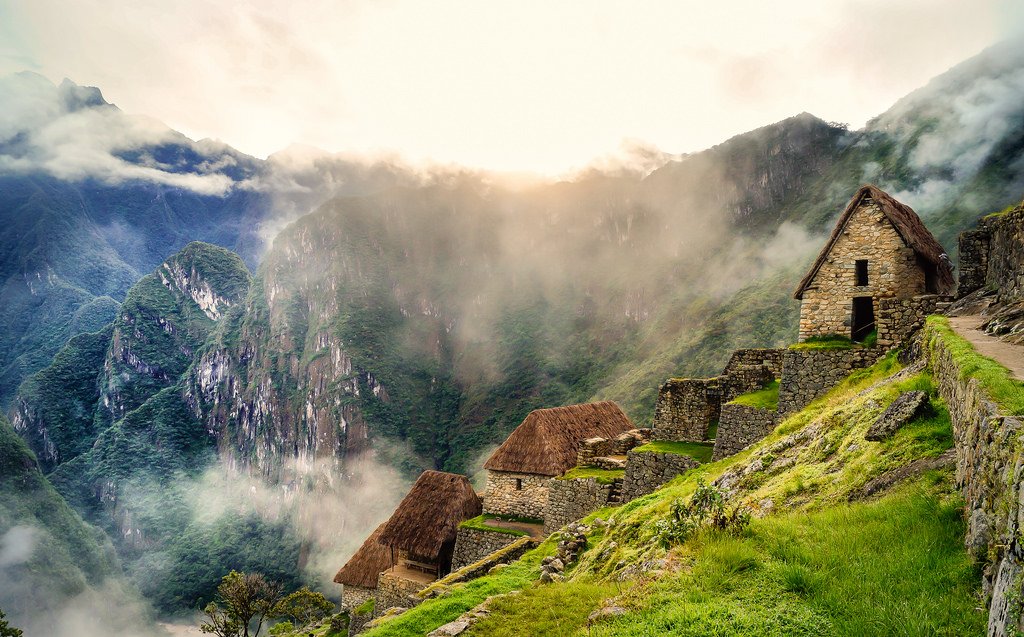
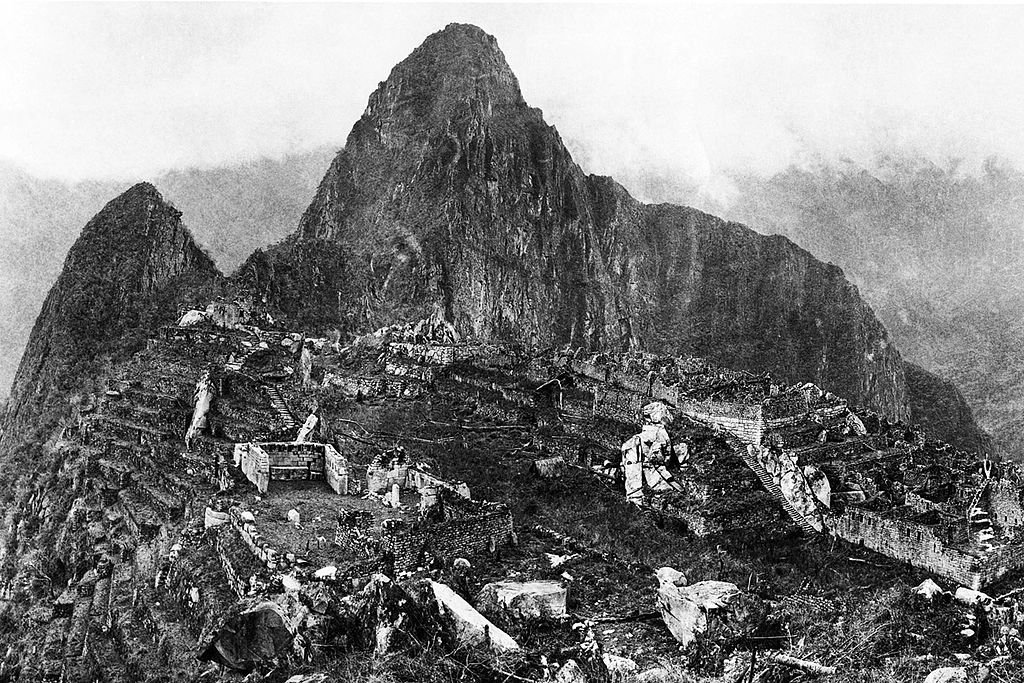
Hordes of Spanish conquistadors reached the highlands of Peru, easily breaking attempts at resistance by the indigenous tribes. However, Manco Capac II (1516-1544), also known as Manco Inca Yupanqui, an aspiring Indian chief, did not resign himself to the role of courtier in the service of the Spanish crown. He gathered a band of his loyal warriors and launched an armed rebellion against the Spanish invaders. However, the forces were too unequal, and after several years of bloody battles Manco Capac II with the remnants of his army was forced to hide in the impregnable highlands of the Andes.
.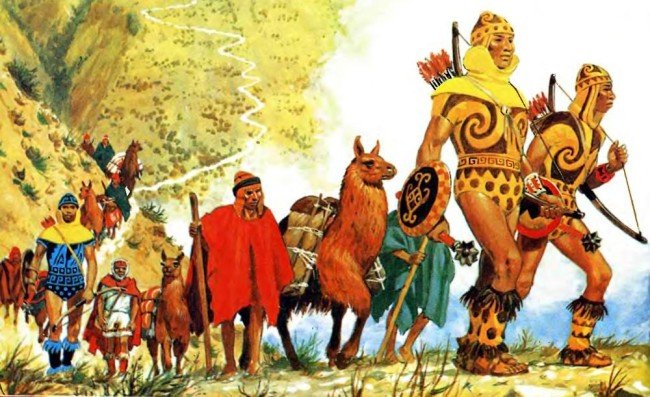
Architecture
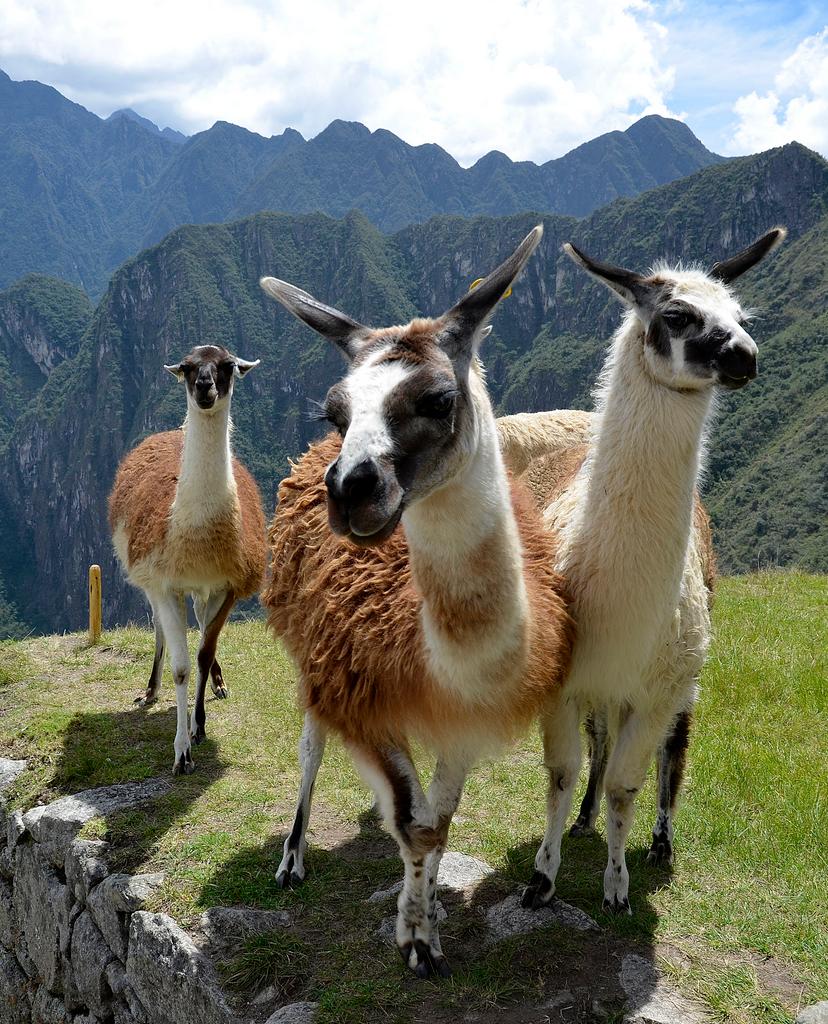
The Incas planned Machu Picchu so that the city could exist independently of the rest of the world; a person could spend their entire life here without leaving their hometown. The southern slope was set aside for agricultural paddies. Here terraces were cut down and covered with fertile soil brought from the Urubamba Valley. These terraces (or “andenas” in Indian, which gave the mountains themselves their name, “Andes”) were fortified with low stone fences. In this way, peasants could build an irrigation system without fear that the water would wash away the fertile layer.
The fields were irrigated through an ingenious system of canals that brought water from springs high in the mountains. It’s been 500 years, and water still flows to the fields through this system.
‘
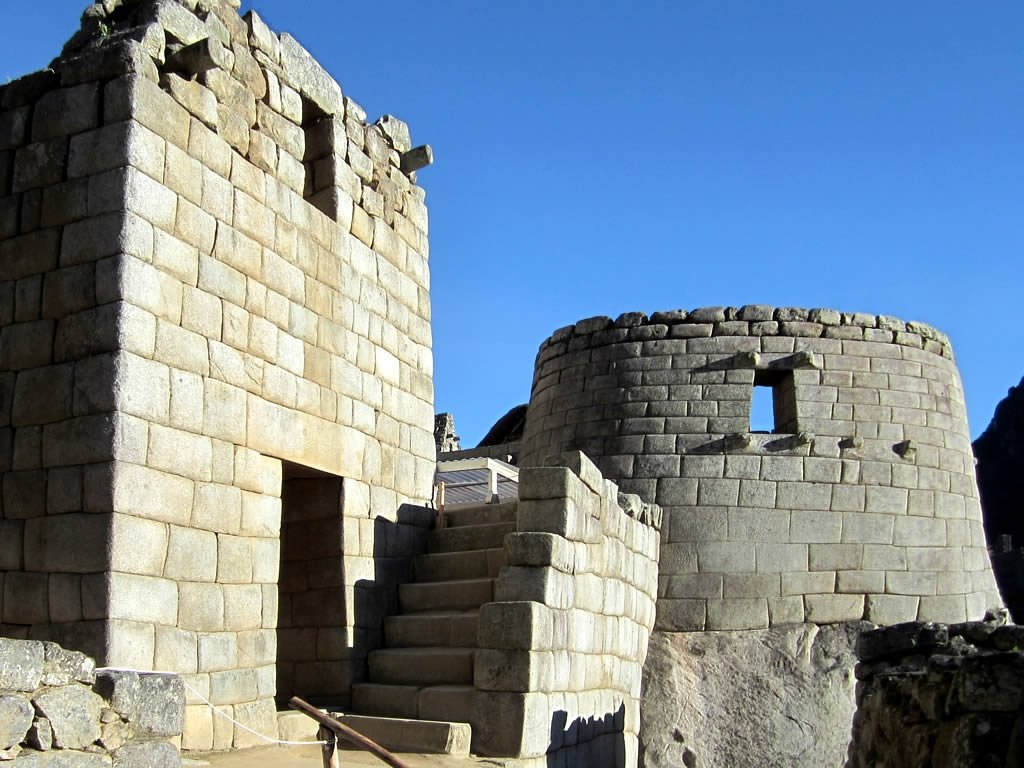
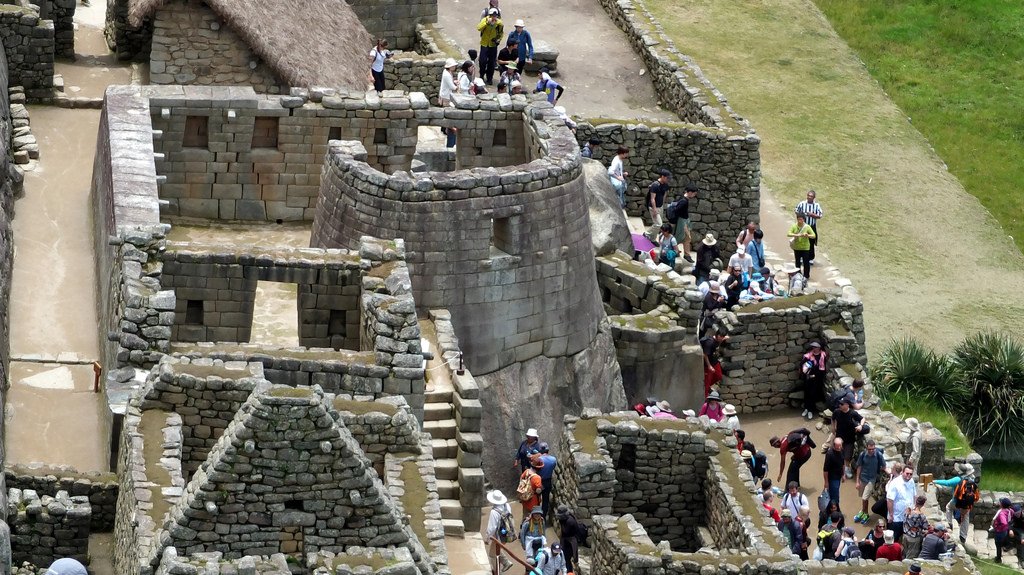
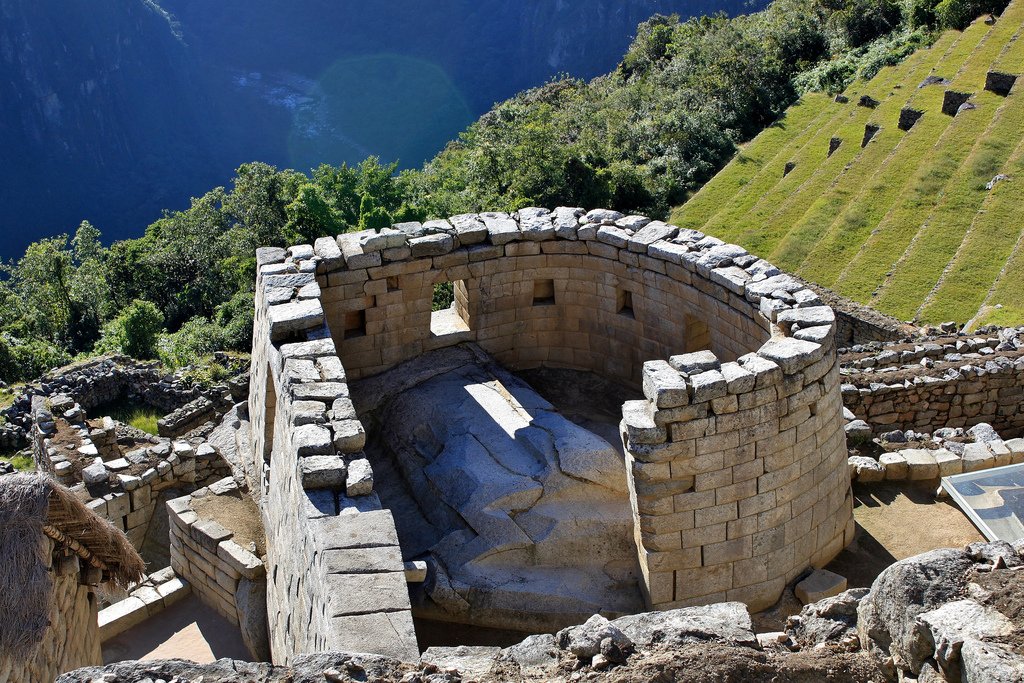
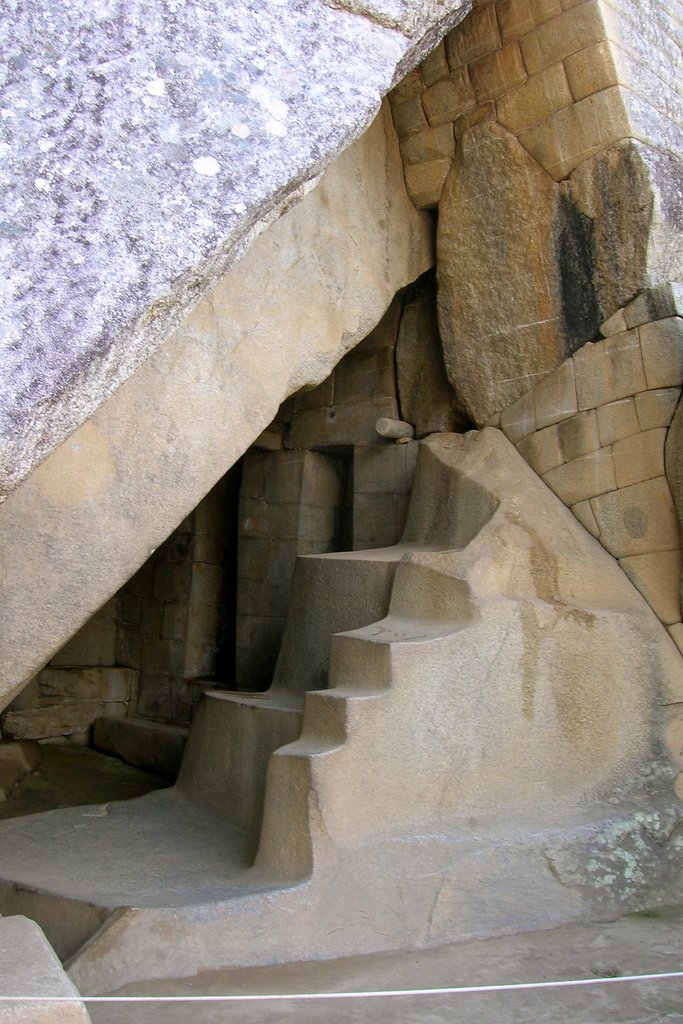
Beneath the temple is the Royal Tomb, carved into the rocks, and the Royal Quarter with dwellings clustered around a still-functioning water canal and interconnected fountains.
.Nearby is the Temple of the Three Windows with the Sacred Square, the Main Temple, the Sacristy and the Priest’s House.
.At the top of the stairs you can see the famous ancient calendar “Intihuatana”, which in the Inca language means “the place to which the sun is attached”, it was used to calculate astronomical phenomena and agricultural work. At the top of the mountain lies a sacred stone resembling a sundial. It is believed that the sundial was used to determine the year, month, day and hour.
.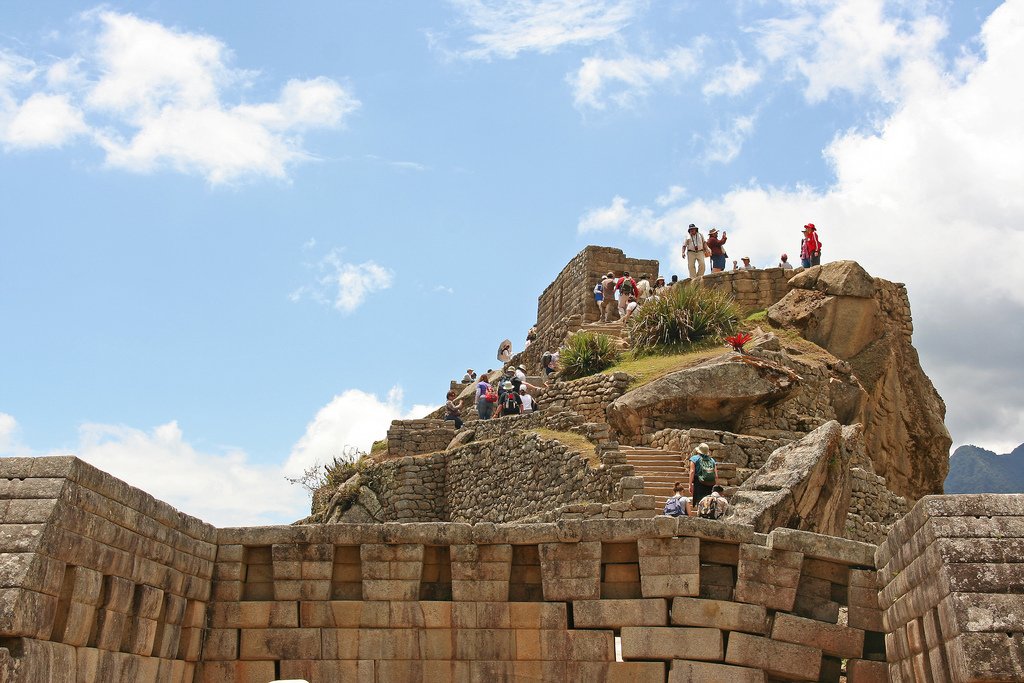
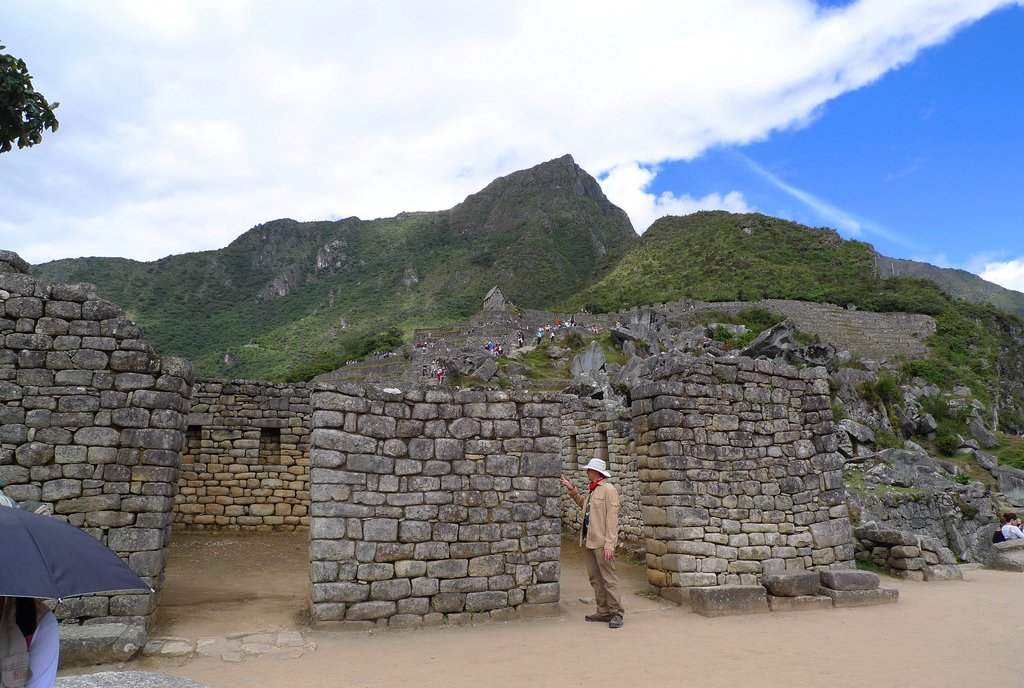
The Temple of the Moon is another shrine not visited as often, there are quite a few mystical recesses, niches and portals, there are also carved thrones and an altar – its purpose is still not entirely clear. The Temple of the Condor, away from the central square, is notable for the dark rock symbolizing the wings of the huge bird and the pale colored rock below representing its head.
.’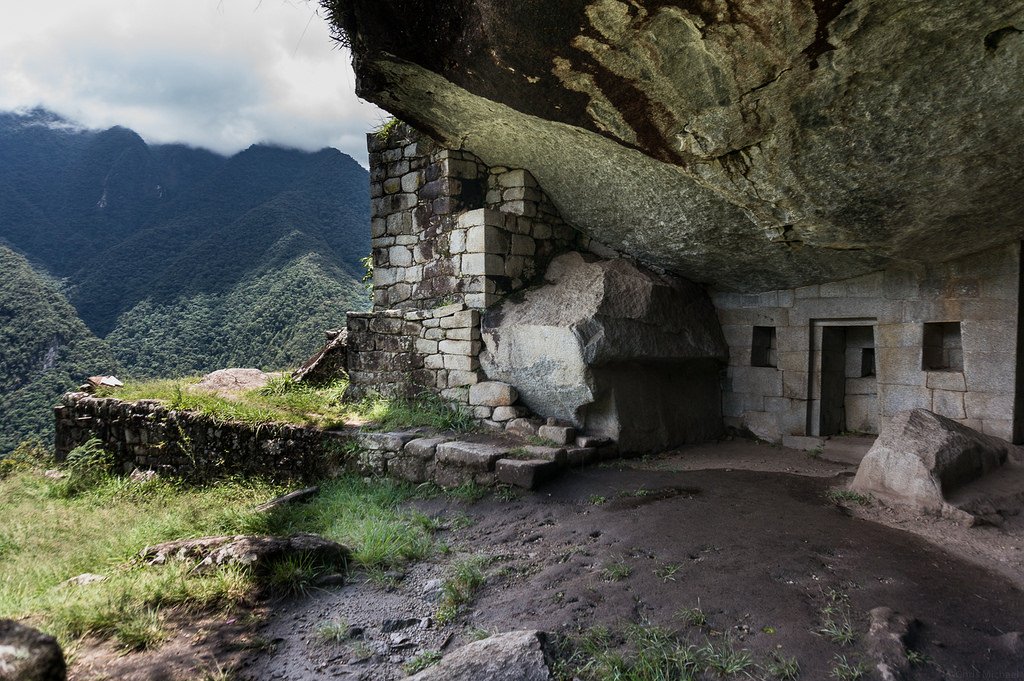
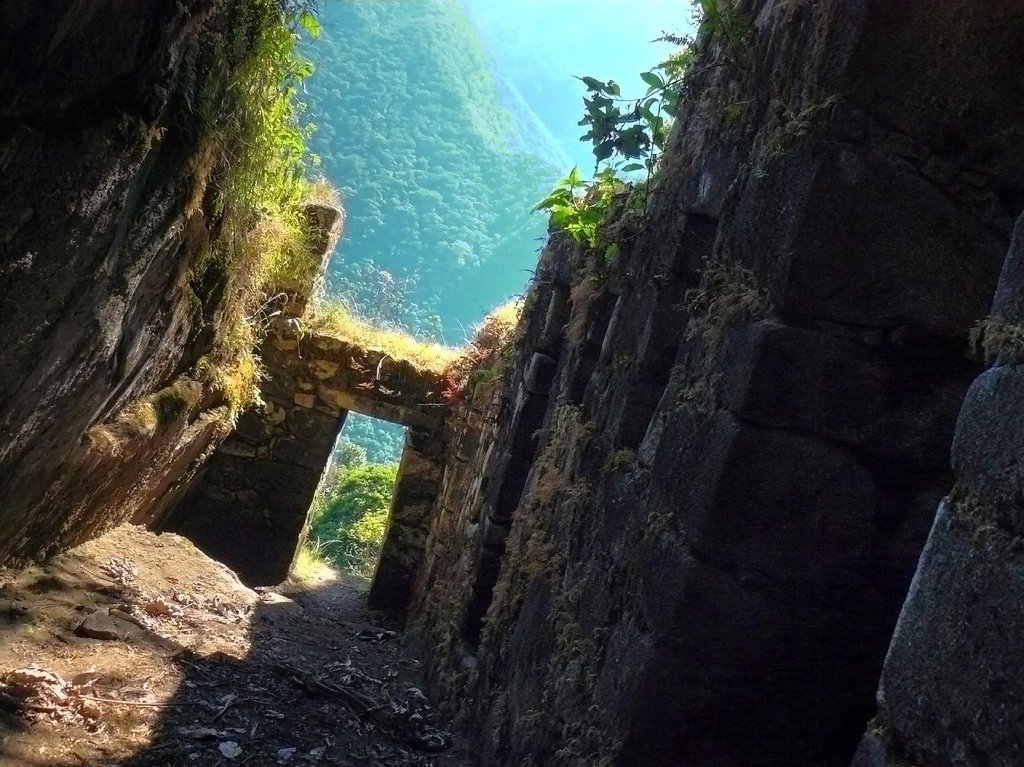
The skill of ancient architects, who managed to create the original trapezoidal doorways and window openings characteristic of ancient Inca structures, glorifies the sun, their most important deity, the basis of the entire system of religious views. The very word “Inca” means “one” and “son of the sun.”
Current state
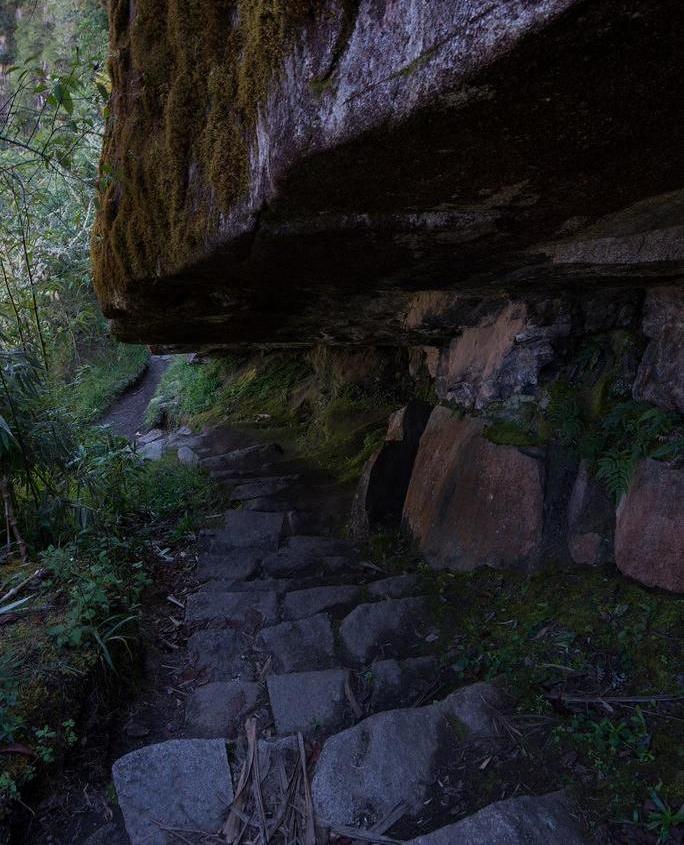
In January 2010, due to heavy rains that washed out the roads, more than 2,000 locals and over 2,000 tourists were unable to leave Aguas Calientes. The people were removed by helicopters, and Machu Picchu was temporarily closed until April 1, 2010.
.
At the 35th session of the UNESCO World Heritage Committee, it was decided that the ancient city will be removed from the list of World Heritage Sites in Danger as of February 1, 2012. However, the committee is not reluctant to take further action to help improve the city’s condition and believes it is necessary to continue monitoring “the evolution of this enclave.”
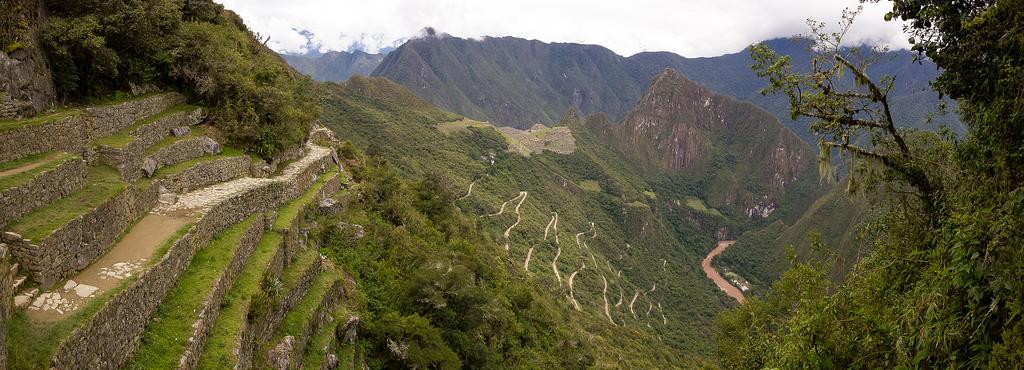
Chronology
‘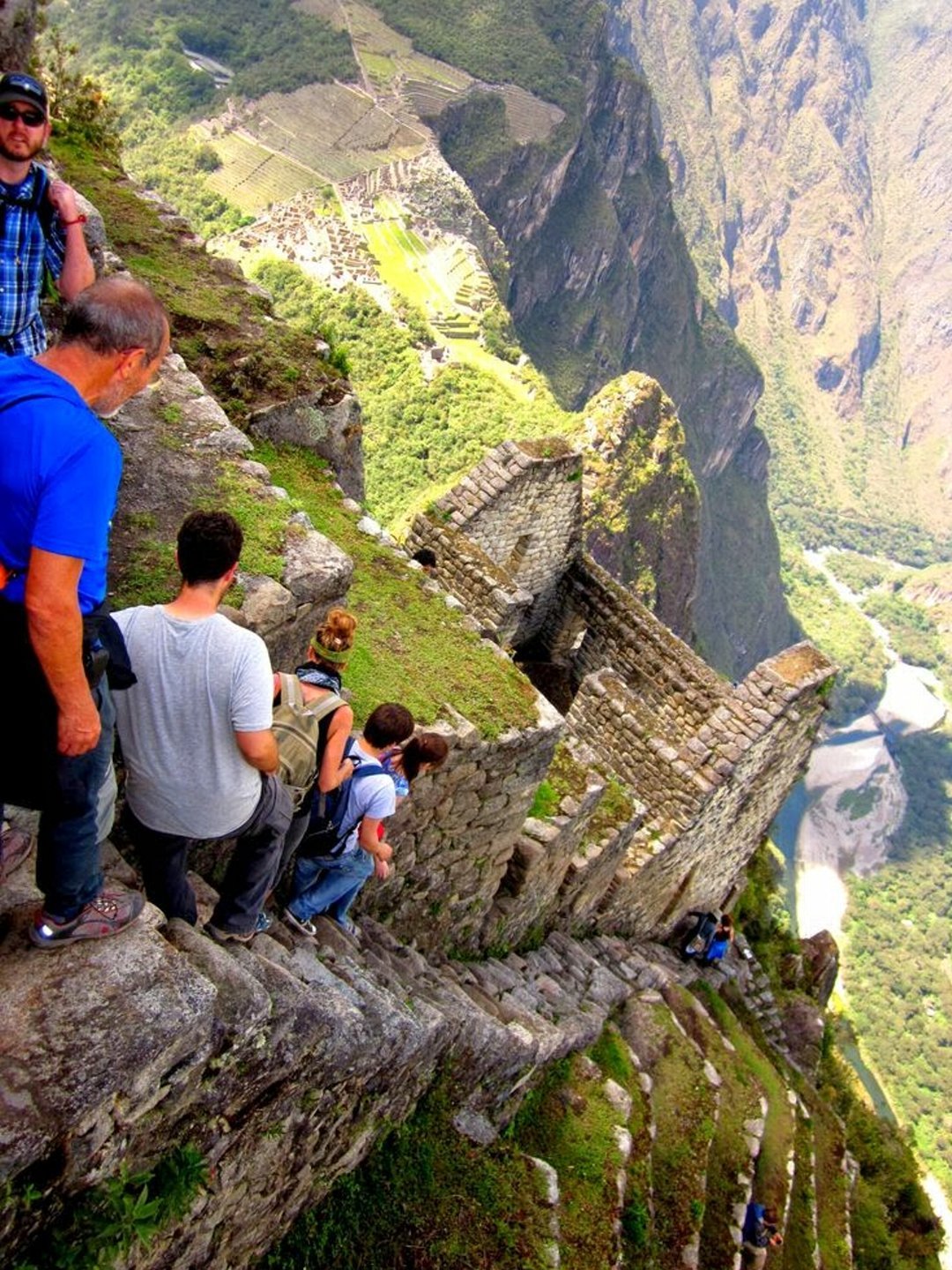
The Backpacker’s Expedition Tourist Train is quite a comfortable vehicle with comfortable padded seats, view windows on the roof, a toilet and a light snack offered to the passenger. The organization is extremely clear and well-coordinated, this top direction is fine-tuned in Peruvians for a long time and works like a conveyor belt.
.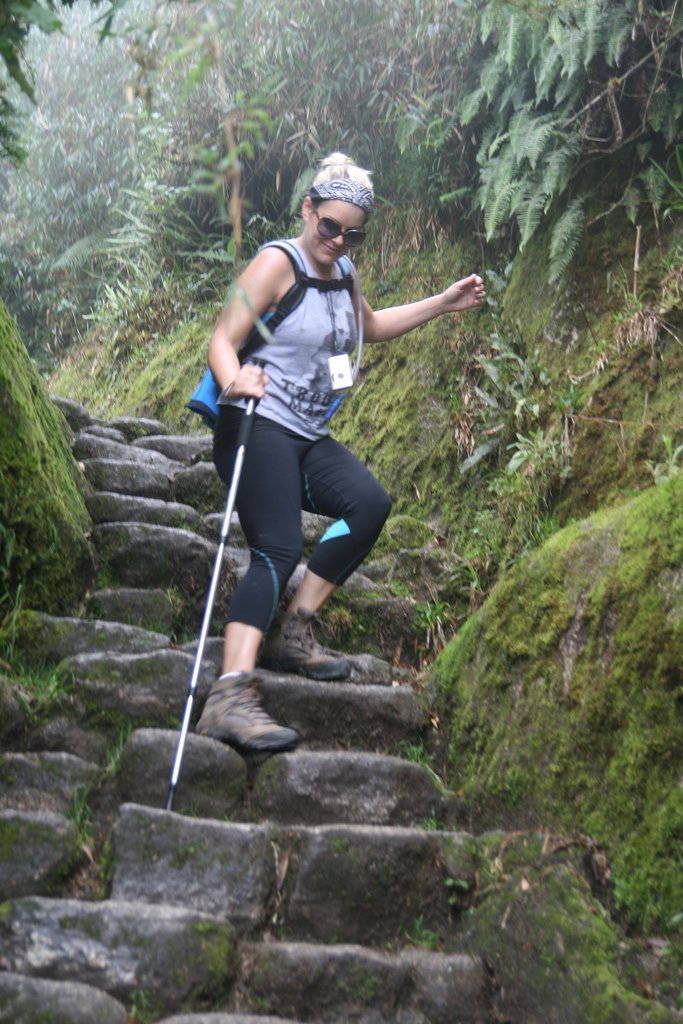
Advantages of a two-day tour: when staying overnight in the village of Aguas Calientes tourists have the opportunity to visit Machu Picchu in the early hours before the influx of the main tourist mass, as well as to climb to the very top of the mountain Vaina Picchu. It should be borne in mind that a limited number of tourists are allowed on this mountain and only twice a day – at 7 am and 10 am.
.
The most economical option may be the purchase of a combined three-day tour Cusco-Machu Picchu, which includes hotel accommodation, transportation and sightseeing program. The cost of such a tour is about 370 USD per person for double occupancy.
.